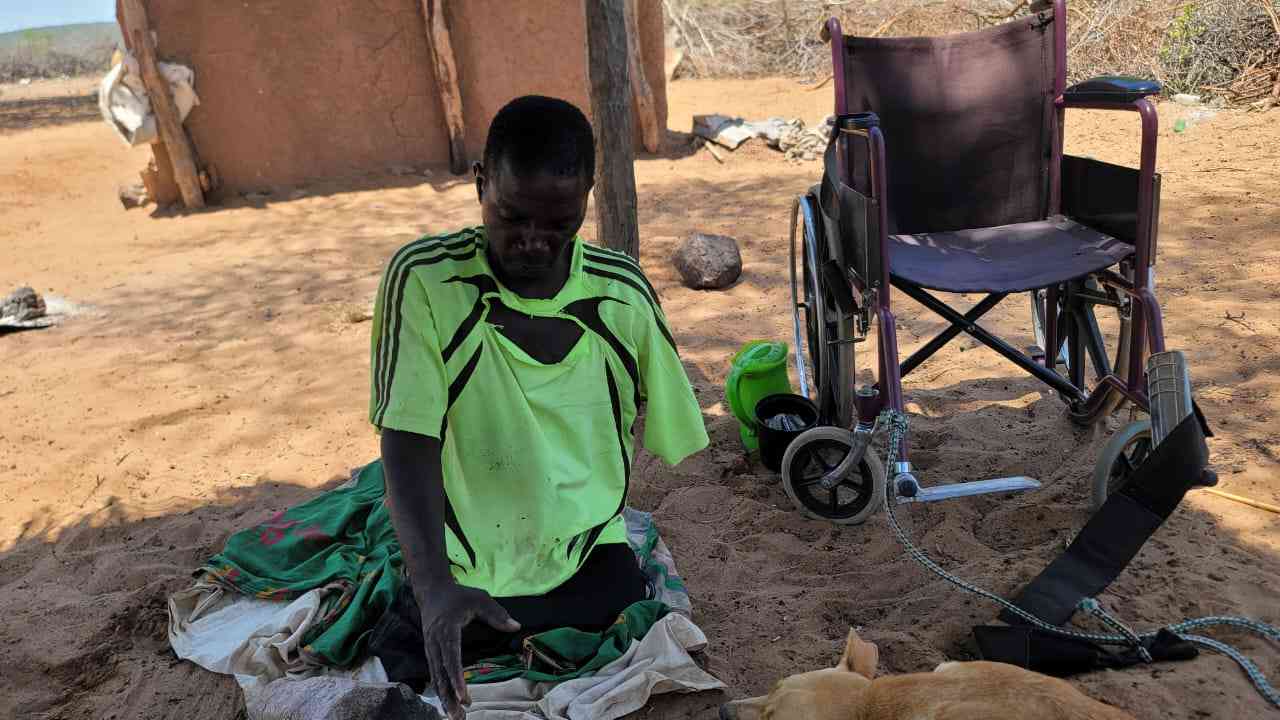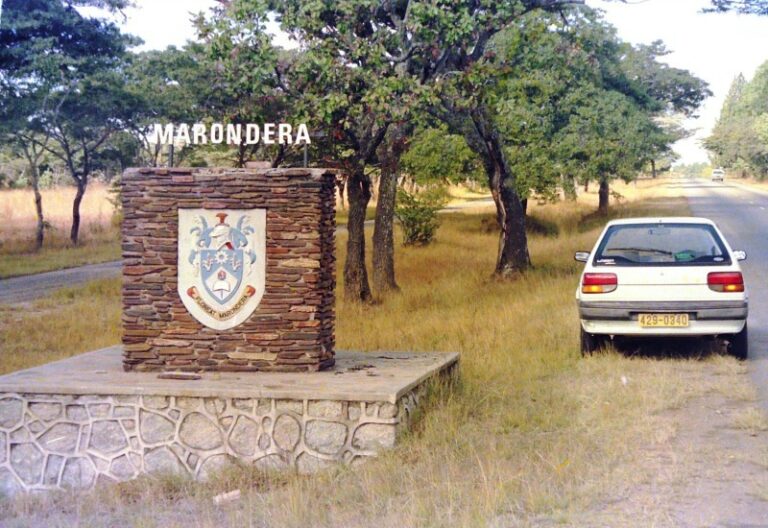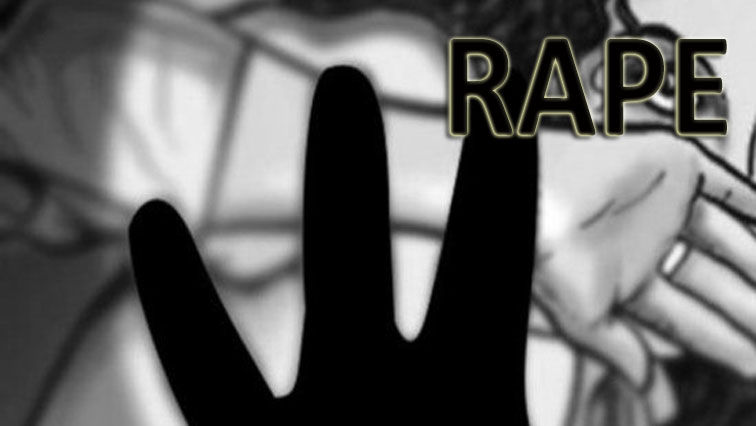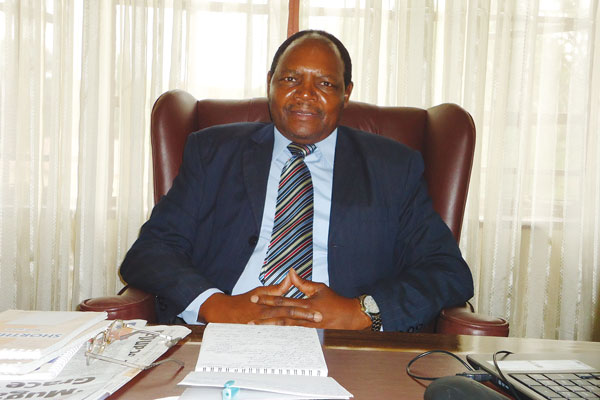
BY LIZWE SEBATHA
Blessing Moyo, a resident of Bulawayo’s Gwabalanda suburb, is a worried man as he relives the 2020 diarrhoea outbreak that hit Luveve and other surrounding suburbs.
The diarrhoea outbreak, blamed on severe water shortages, claimed 13 lives and infected over 2000 others.
At the time, the Bulawayo City Council had decommissioned Umzingwane, Upper Ncema and Lower dams, a situation that saw residents going close to a week without running water.
“My main worry is that we are still in March and one is left asking what the situation would be like after a few months before the rainy season,” Moyo said.
After the poor rains, Bulawayo’s supply dams have fallen, forcing the local authority to re-introduce a daily 20 hour water rationing regime in February targeting Gwabalanda, Magwegwe West and North suburbs.
Council has also announced that it may be forced to decommission Umzingwane Dam anytime due to low water levels.
The dam is less than 10% full.
- Chamisa under fire over US$120K donation
- Mavhunga puts DeMbare into Chibuku quarterfinals
- Pension funds bet on Cabora Bassa oilfields
- Councils defy govt fire tender directive
Keep Reading
“It’s clear that we will be going for weeks without water around October,” Moyo said.
A latest report of the council water supplies and water action committee shows that Umzingwange Dam’s water levels are precariously low.
“The decommissioning (Umzingwane) would result in reduced available abstraction by 35 megaliters per day thus affecting total available raw water for delivery to criterion,” the report said.
Bulawayo requires an estimated 150ml per day.
According to the report, as at December 20, 2021, the volume of available water at Insiza was 109,166,750 cubic metres, Inyankuni 40,914,810 m3, Lower Ncema 11,656,052 m3, Umzingwane 1,486,760 m3, Upper Ncema 13,656,760m3 and Mtshabezi 32,527,760 m3.
“Lower Ncema normally depleted later than indicated as Upper Ncema was used as a source for it,” the report said.
“The above were the current obtaining figures as at the date of preparation of this report.”
In 2020, desperate residents resorted to vandalising the city’s water-piping system to access the precious liquid.
As concerns loom large over dwindling water levels, the council also faces a challenge in pumping water at its treatment plants, resulting in the water challenges.
“At present, Ncema water works had a capacity to pump a maximum of 40 ml to 45 ml/day out of the expected 80 ml/day clear water due to 60% of the filters not working and to be addressed through the tender for the rehabilitation of these,” the report added.
At the same time, borehole water cannot be relied upon to alleviate the water shortages, the council warns.
“Borehole water was not treated water nor does council have the capacity to treat or protect such water from contamination,” the committee said. In that regard, bacteriological quality of borehole water could not be guaranteed since the water was untreated.”
Bulawayo commentator Effie Ncube said Bulawayo’s water challenges need a permanent solution not halfhearted measures.
“The only way to defeat water shortages in Bulawayo is to invest in water supply at a city level, and at a national level,” Ncube said.
“We need bigger, better dams.
Residents pin hopes on the completion of the Matabeleland Zambezi Water Project that involves the construction of the Gwayi-Shangani dam.
Once complete, an estimated 160 000 megalitres will be piped daily to Bulawayo.
The central government says the dam construction is expected to be complete in December 2022.
The Zimbabwe National Water Authority and Chinese contractor, China International Water and Electric Corporation are involved in the construction of the dam.
Until then, Moyo plans to invest in a Jojo tank to store water.
“I have to be prepared for the worst,” he said.
- *This article was originally published by The Citizen Bulletin, a non-profit news organisation that produces hard hitting hyperlocal reporting and analysis for south western region of Matabeleland.










